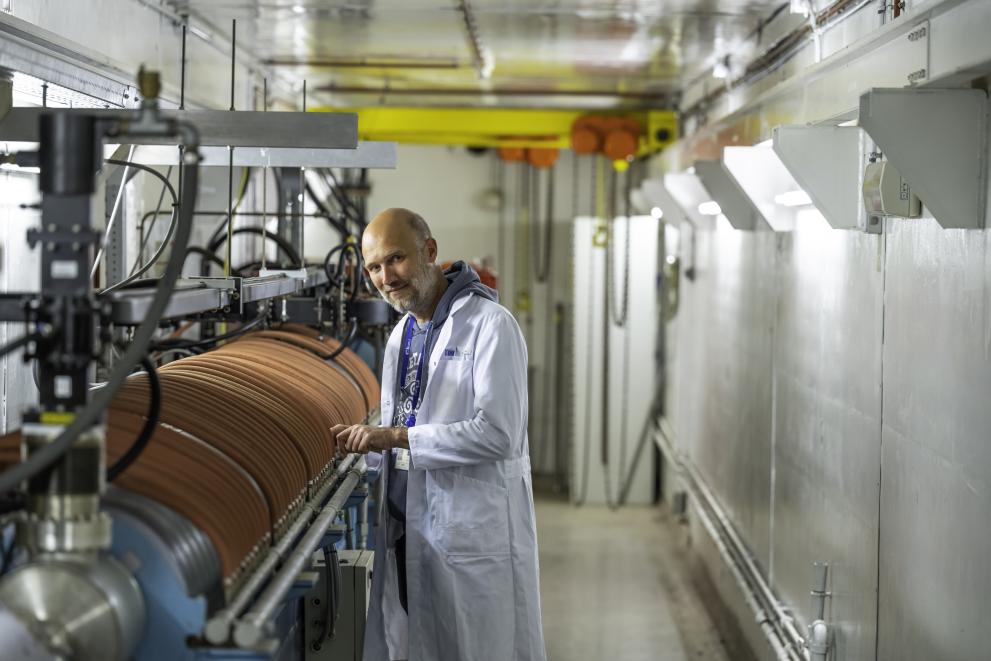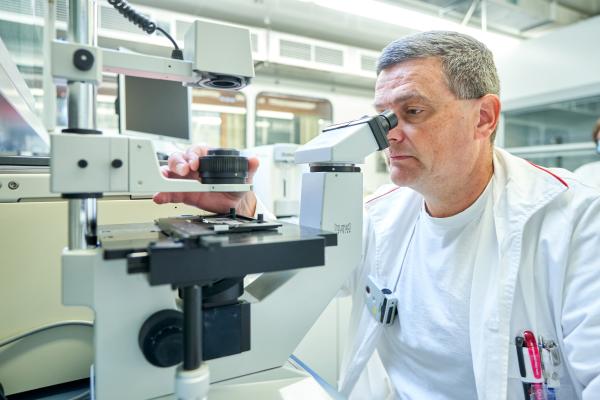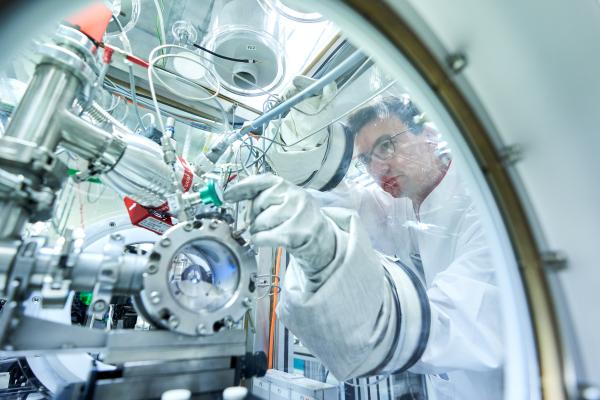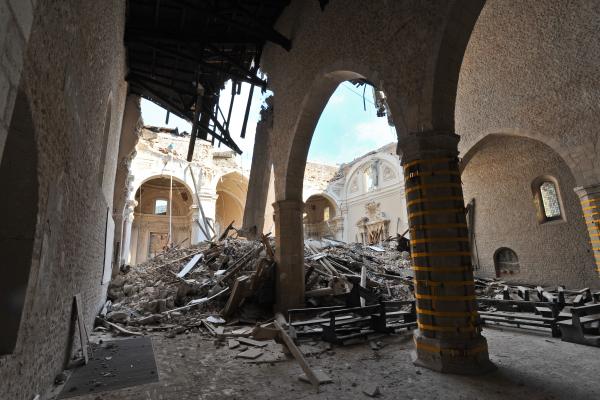
A joint project between the European Commission’s JRC and the Directorate-General for Research and Innovation (DG RTD) is allowing the next generation of scientists to develop technologies that could reduce nuclear waste, improve the efficiency of nuclear energy production, or contribute to nuclear medicine.
As part of the "Open access to infrastructures for nuclear safety and security research" initiative, the JRC opens its nuclear research facilities to scientists, engineers and small and medium-sized enterprises (SMEs) from EU Member States and countries associated with the Euratom Research Programme.
JRC’s world-class nuclear laboratories
At the EUFRAT laboratories at the JRC’s Geel site in Belgium, the Open Access programme allows the study of nuclear reaction, radioactivity and radiation in science and applications.
The GELINA particle accelerator at Geel is one of the best pulsed white spectrum neutron sources available in the world. With a beam of neutrons from a pulsed white neutron source, you can conduct a variety of experiments that explore the structure, dynamics, and properties of different materials.
A team of scientists from France and Romania has used GELINA to study ‘inelastic scattering reactions’, which measure the dynamics of atoms and molecules within a material and play an important role in fast nuclear reactor systems.
The results from these experiments are essential for the successful development of the next generation of reactors. These advanced nuclear systems have the potential to drastically increase the efficiency of nuclear energy production and significantly reduce the level of nuclear waste produced.
Researchers from the Belgian nuclear research centre, SCK CEN, testify that results from work at GELINA are helping them to develop new technologies for future reactors, the reduction of nuclear waste and the production of radioactive isotopes for medical applications. These isotopes are used to diagnose cancer or cardiac conditions and are increasingly used for cancer treatments.
The EUFRAT laboratories offer unique measurement and training opportunities to both young and experienced nuclear scientists and engineers. The Open Access programme contributes to the dissemination of knowledge, provides education and training, and fosters collaboration at European level. So far, more than 100 researchers from EU Member States have participated in experiments via the programme, 25% of whom were young students and the researchers of tomorrow.
The JRC also offers open access to its nuclear facilities in Petten, the Netherlands, where the assessment of structural materials for nuclear systems can be studied, and Karlsruhe, Germany, where the properties of nuclear materials under extreme conditions, and the behavior of nuclear spent fuel and radioactive waste can be analysed.
Maximising the use of research facilities
Offering access to its research infrastructure is part of JRC's strategy to maximise the use of its facilities, making unique scientific equipment available to external researchers. These researchers in turn benefit from the use of these facilities to attract talent to their organisations, stimulate innovation and development, and bridge the gap between research and industry.
Looking to the future
The Open Access programme has not only provided benefits to external researchers. The initiative has also fostered collaboration and knowledge exchange between its co-organisers, the JRC and DG RTD.
To examine progress up to now, the JRC and DG RTD are organising a workshop in Brussels on 19-20 June, 2024. This event will showcase the achievements of the project, highlighting its successes but also lessons learned that can be used to improve the initiative further.
Related links
Details
- Publication date
- 19 June 2024
- Author
- Joint Research Centre
- JRC portfolios




